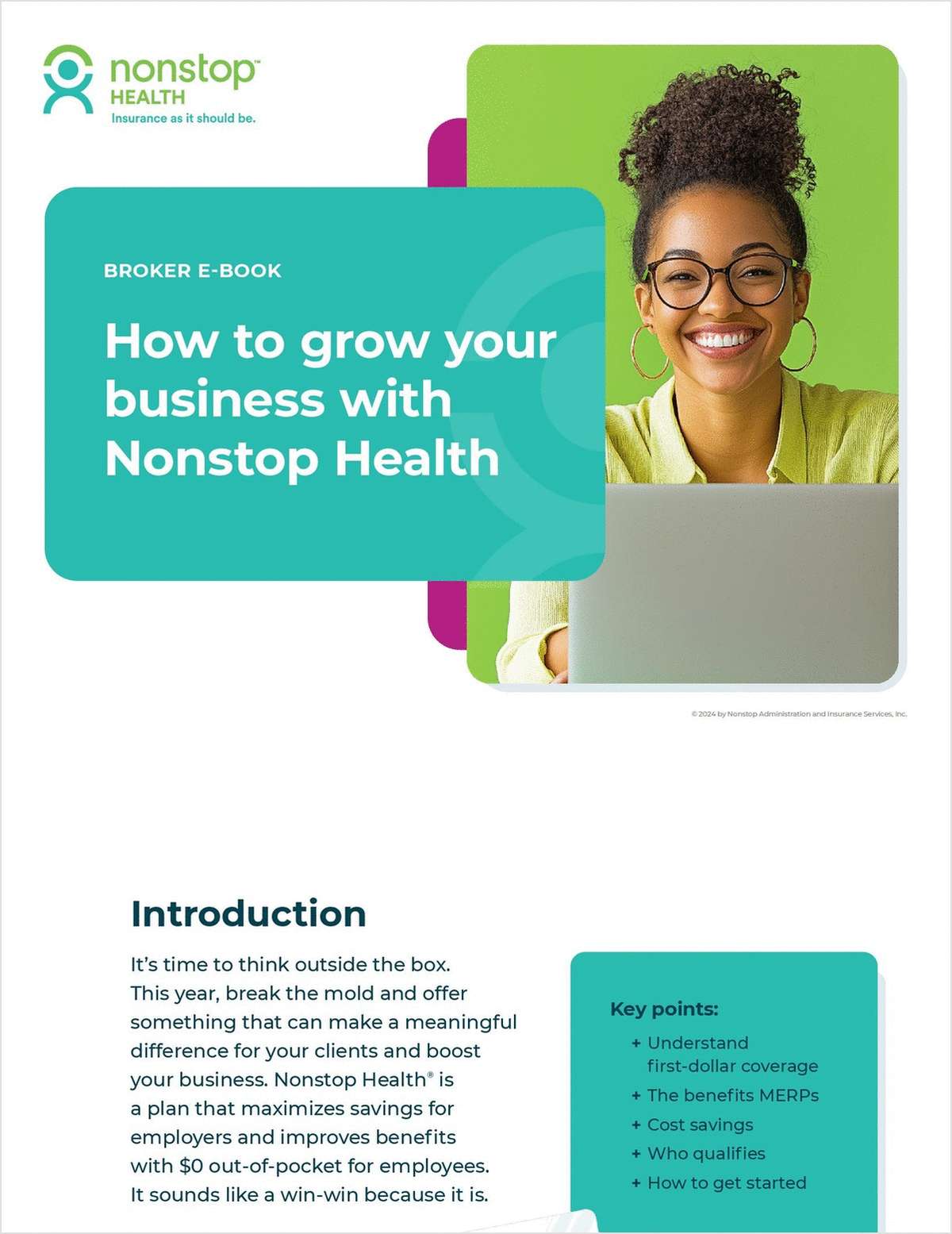 The pandemic produced no end of health care anomalies, not the least of which was the rate at which people with multiple chronic conditions avoided care for nearly three years. Unfortunately, those who needed ongoing care avoided it more than any other group.
The pandemic produced no end of health care anomalies, not the least of which was the rate at which people with multiple chronic conditions avoided care for nearly three years. Unfortunately, those who needed ongoing care avoided it more than any other group.
As we emerge from the heart of the pandemic, physicians are finding that this trend toward delayed medical care (DMC) had serious consequences. Instances of pre-pandemic treatable/curable cancers that went undiagnosed exploded, while the health of those with multiple chronic conditions who avoided regular checkups got much worse.
But a growing number of medical experts believe the pandemic also helped provide plan sponsors with powerful tools to help improve the health of their chronically ill plan members. Telemedicine and telehealth, both mere sideline players prior to COVID, are now regularly accepted by both patients and physicians as part of their health care program.
Continue Reading for Free
Register and gain access to:
- Breaking benefits news and analysis, on-site and via our newsletters and custom alerts
- Educational webcasts, white papers, and ebooks from industry thought leaders
- Critical converage of the property casualty insurance and financial advisory markets on our other ALM sites, PropertyCasualty360 and ThinkAdvisor
Already have an account? Sign In Now
© 2024 ALM Global, LLC, All Rights Reserved. Request academic re-use from www.copyright.com. All other uses, submit a request to [email protected]. For more information visit Asset & Logo Licensing.








